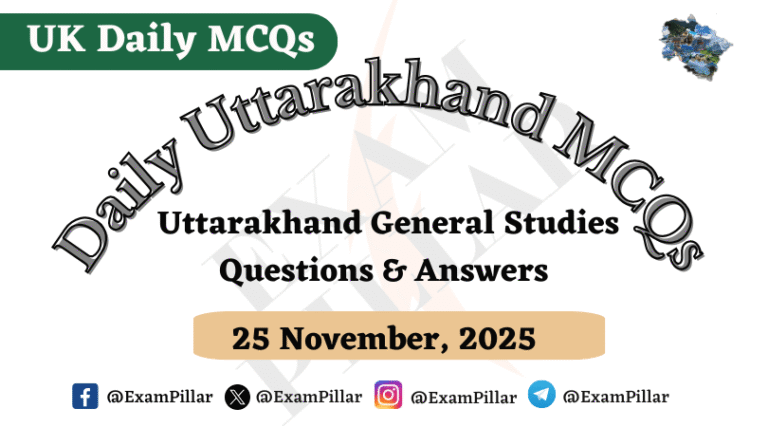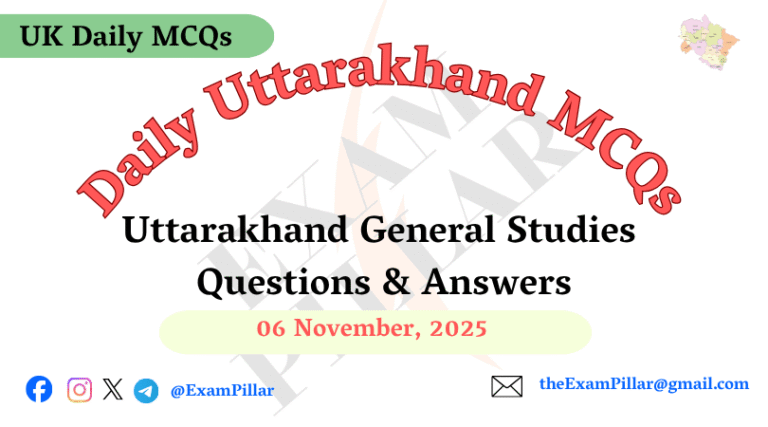41. The total fertility rate in an economy is defined as:
(a) the number of children born per 1000 people in the population in a year.
(b) the number of children born to a couple in their lifetime in a given population.
(c) the birth rate minus death rate.
(d) the average number of live births a woman would have by the end of her child-bearing age.
Explanation – The average number of children a hypothetical cohort of women would have at the end of their reproductive period if they were subject during their whole lives to the fertility rates of a given period and if they were not subject to mortality. It is expressed as children per woman. Total fertility rate is directly calculated as the sum of age-specific fertility rates (usually referring to women aged 15 to 49 years), or five times the sum if data are given in five-year age groups.Click To Show Answer/Hide
42. Consider the following statements:
1. In India, Non-Banking Financial Companies can access the Liquidity Adjustment Facility window of the Reserve Bank of India.
2. In India, Foreign Institutional Investors can hold the Government Securities (G-Sec)
3. In India, Stock Exchanges can offer separate trading platforms for debts.
Which of the statements given above is/are correct?
(a) 1 and 2 only
(b) 3 only
(c) 1, 2 and 3
(d) 2 and 3 only
Explanation – Click To Show Answer/Hide
43. In India, which of the following can trade in Corporate Bonds and Government Securities?
1. Insurance Companies
2. Pension Funds
3. Retail Investors
Select the correct answer using the code given below:
(a) 1 and 2 only
(b) 2 and 3 only
(c) 1 and 3 only
(d) 1, 2 and 3
Explanation – Click To Show Answer/Hide
44. Consider the following:
1. Exchange-Trade Funds (ETF)
2. Motor vehicles
3. Currency swap
Which of the above is/are considered financial instruments?
(a) 1 only
(b) 2 and 3 only
(c) 1, 2 and 3
(d) 1 and 3 only
Explanation – Option 1 and 3 are correct. A financial instrument is a real or virtual document representing a legal agreement involving any kind of monetary value. Examples of financial instruments include stocks, exchange-traded funds (ETFs), bonds, certificates of deposit (CDs), mutual funds, loans, and derivatives contracts, among others.Click To Show Answer/Hide
45. With reference to the sectors of the Indian economy, consider the following pairs:
| Economic activity | Sector | |
| 1. | Storage of agricultural produce | Secondary |
| 2. | Dairy farm | Primary |
| 3. | Mineral exploration | Tertiary |
| 4. | Weaving cloth | Secondary |
How many of the pairs given above are correctly matched?
(a) Only one
(b) Only two
(c) Only three
(d) All four
Explanation – Option 2, 3 and 4 are correct. Click To Show Answer/Hide
Economic Activity
Sector
1.
Storage of
Agricultural ProduceTertiary
Agricultural storage, which involves proper warehousing and cold storage facilities for agricultural produce, falls under the tertiary sector.
2.
Dairy Farm
Primary
Dairy farming falls under the primary sector of economic activity.
3.
Mineral Exploration
Tertiary
Mineral exploration is part of the tertiary sector.
Companies like Tertiary Minerals plc focus on discovering and developing mineral resources in geologically prospective regions, such as Nevada and Zambia
4.
Weaving Cloth
Secondary
The weaving sector is the backbone of the textile industry, contributing significantly to fabric production.
46. Consider the following materials:
1. Agricultural residues
2. Corn grain
3. Wastewater treatment sludge
4. Wood mill waste
Which of the above can be used as feedstock for producing Sustainable Aviation Fuel?
(a) 1 and 2 only
(b) 3 and 4 only
(c) 1, 2, 3 and 4
(d) 1, 3 and 4 only
Explanation – Option 1, 2, 3 and 4 are correct. SAF is a biofuel used to power aircraft that has similar properties to conventional jet fuel but with a smaller carbon footprint. Depending on the feedstock and technologies used to produce it, SAF can reduce life cycle GHG emissions dramatically compared to conventional jet fuel. Some emerging SAF pathways even have a net-negative GHG footprint. These resources are – Click To Show Answer/Hide
47. With reference to physical capital in Indian economy, consider the following pairs:
| Items | Category | |
| 1. | Farmer’s Plough | Working Capital |
| 2. | Computer | Fixed Capital |
| 3. | Yarn used by the weaver | Fixed Capital |
| 4. | Petrol | Working Capital |
How many of the above pairs are correctly matched?
(a) Only one
(b) Only Two
(c) Only three
(d) All four
Explanation – Option 2 and 4 are correct. Working Capital:Click To Show Answer/Hide
Fixed Capital:
48. Which one of the following words/phrases is most appropriately used to denote denote “an interoperable network of 3D virtual worlds that can be accessed simultaneously by millions of users, who can exert property rights over virtual items”?
(a) Big data analytics
(b) Cryptography
(c) Metawise
(d) Virtual matrix
Explanation – The metaverse refers to virtual worlds where users, represented by avatars, interact—usually in 3D and focus on social and economic connections1. It’s like an immersive online universe experienced through virtual reality or augmented reality. Think of it as the next iteration of the internet, where physical and digital realities converge.Click To Show Answer/Hide
49. With reference to the rule/rules imposed by the Reserve Bank of India while treating foreign banks, consider the following statements:
1. There is no minimum capital requirement for wholly owned banking subsidiaries in India.
2. For wholly owend banking subsidiaries in India, at least 50% of the board members should be Indian nationals.
Which of the statement given above is/are correct?
(a) 1 only
(b) 2 only
(c) Both 1 and 2
(d) Neither 1 nor 2
Explanation – Click To Show Answer/Hide
50. With reference to Coporate Social Responsibility (CSR) rules in India, consider the following statements:
1. CSR rules specify that expenditures that benefit the company directly or its employees will not be considered as CSR
2. CSR rules do not specify minimum spending on CSR activities.
Which of the statements given above is/are correct?
(a) 1 only
(b) 2 only
(c) Both 1 and 2
(d) Neither 1 nor 2
Explanation – Click To Show Answer/Hide
conditions in the preceding financial year:





Leave a Reply